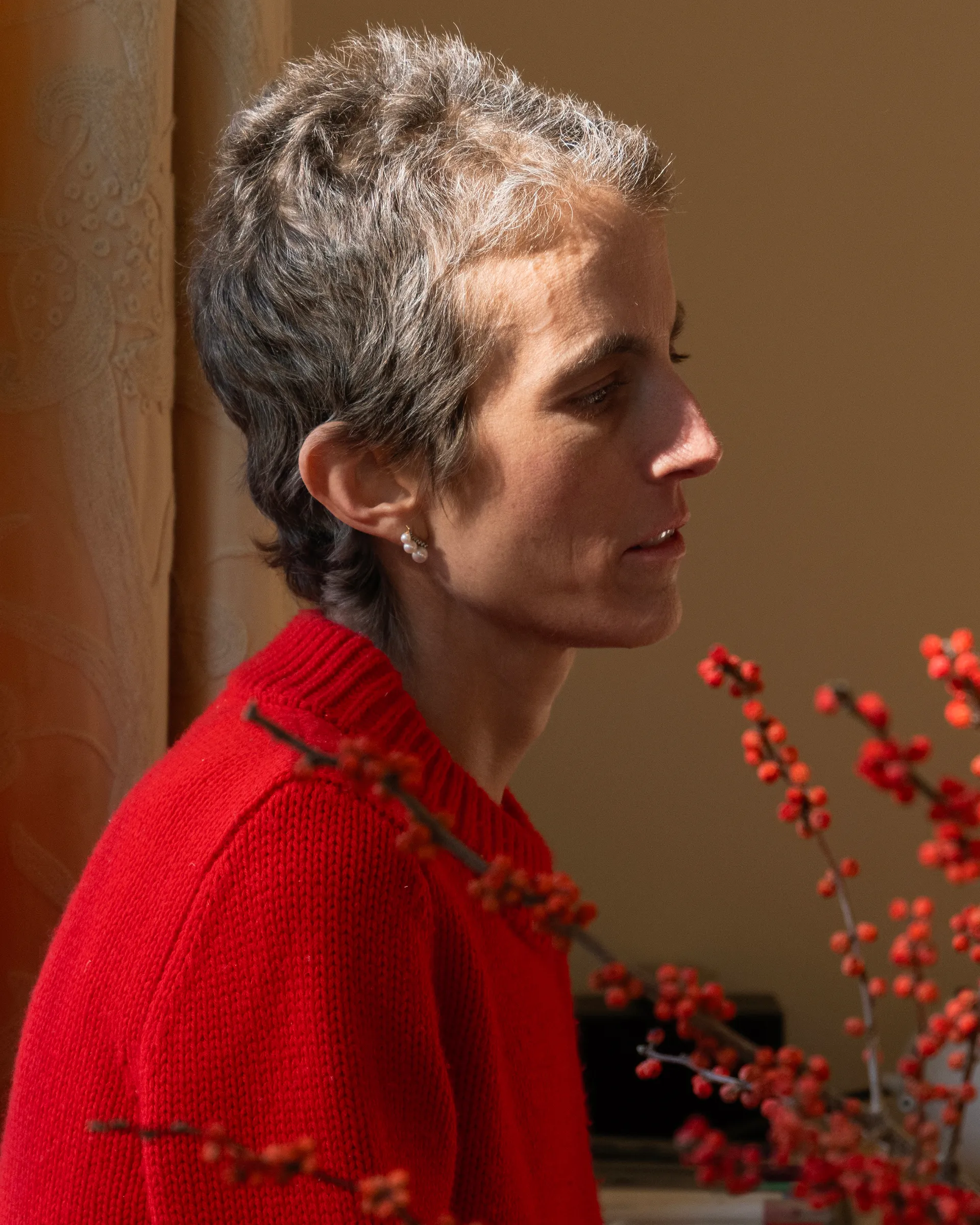
Tatiana Schlossberg, the renowned journalist, author, and granddaughter to the late United States President John F. Kennedy, has announced that she is suffering from a rare and aggressive form of blood cancer, acute myeloid leukemia, AML. The 35-year-old shared her deeply personal and devastating journey in an emotional essay. The essay highlights how the diagnosis happened the same day she welcomed her second child, and several other information.
Table of Content:-
Tatiana gave birth on May 25, 2024. During the routine post-delivery blood work, the doctor noticed an alarmingly high White Blood Cell (WBC) count, and doctors wheeled her to another floor for emergency testing. While she assumed at first that the spike was related to childbirth, she was about to find that the cause was far more serious.
“I thought I was one of the healthiest people I knew, and never imagined I would ever have cancer be a part of my story. But tests confirmed AML with Inversion 3, a rare genetic mutation associated with poor prognosis,” she wrote.
Diagnosis of Tatiana Schlossberg’s Cancer
Tatiana highlighted that the moment of diagnosis was one of the most surreal and life-changing moments of her life. “This could not possibly be my life,” she recalled thinking. Her joy of welcoming a new baby quickly turned into weeks of intense hospitalisation.
And then the treatment journey started. She spent five weeks at Columbia Presbyterian following childbirth, waiting for her blast-cell count to fall enough to begin chemotherapy at home. Eventually, she transferred her care to Memorial Sloan Kettering Cancer Center, where she underwent a bone marrow transplant and was hospitalised for more than 50 days.

In January 2025, Tatiana entered a clinical trial for CAR T-cell therapy, a treatment that genetically engineers the body's immune cells to attack cancer. She wrote that much of this treatment was spent from her hospital bed.
The cancer kept returning despite aggressive therapies. One of her doctors gave her a projection recently that he could most likely keep her alive for "a year, maybe". According to Tatiana, her immediate fear was that her children wouldn't remember her. So she now spends quality time with her family.
What Is Acute Myeloid Leukemia?
Acute myeloid leukemia is a form of rapidly progressing cancer caused in the bone marrow, where the immature white blood cells, called myeloblasts, duplicate uncontrollably and consequently enter the bloodstream. According to the American Cancer Society, symptoms often appear suddenly and may include:
- Fatigue and weakness
- Unexplained weight loss
- Fever and night sweats
- Infections frequently
- Loss of appetite
How AML Is Different From Other Blood Cancers
Here’s how AML is different from other blood cancers:
1. Progresses Much Faster
Unlike the chronic leukemias, such as CML or CLL, which evolve rather slowly and may often be followed for years before intervention, AML is an aggressive disease that demands immediate medical attention.
2. Affects a Different Type of Blood Cell
AML begins in myeloid cells that normally mature into red blood cells, platelets, and some types of white blood cells. Other leukemias, like ALL, target the lymphoid cells, which form lymphocytes, another arm of the immune system.
3. More Intensive Treatment
AML often requires:
- High-dose chemotherapy
- Bone-marrow transplantation
- Advanced immunotherapies, such as CAR T-cell therapy
Other blood cancers, such as lymphoma or chronic leukemias, may be effectively treated with targeted oral drugs, radiation, or slower-paced plans of treatment.
4. Genetic Mutations Play a Major Role
Inversion 3 of AML is very rare and associated with treatment resistance, making the it more difficult to control when compared to most other blood cancers.
Bottomline
The prognosis brought new attention to Tatiana Schlossberg's struggle with acute myeloid leukemia. According to the reports, it is an aggressive, hard-to-treat cancer that isnt like most blood cancers due to its symptoms complexity of treatment.
Also watch this video
FAQ
What causes acute myeloid leukemia?
AML results from genetic alterations in the bone marrow cells. Aside from a few contributing risk factors, such as smoking or previous chemotherapy, there is often no known cause for it.2. Is acute myeloid leukemia curable?
Intensive treatment can sometimes cure AML, especially in younger patients. However, outcomes depend on genetic mutations, overall health, and response to therapy.3. How does AML differ from lymphoma?
Lymphoma commonly involves the lymphatic system, although it often forms tumours in lymph nodes. AML creates an overproduction of abnormal cells in the blood through the bone marrow.
How we keep this article up to date:
We work with experts and keep a close eye on the latest in health and wellness. Whenever there is a new research or helpful information, we update our articles with accurate and useful advice.
Current Version
Nov 24, 2025 15:10 IST
Published By : Tanya Srivastava